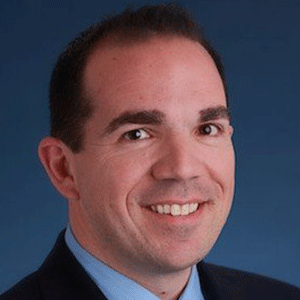THANK YOU FOR SUBSCRIBING
Editor's Pick (1 - 4 of 8)

Insurance is not immune to disruption and fundamental change to the industry is coming, fast!
Greg Booker, CIO, RACQ Insurance


Greg Booker, CIO, RACQ Insurance
Better data will ultimately bring a more personalized approach to the cost of insurance
Weekly Brief
I agree We use cookies on this website to enhance your user experience. By clicking any link on this page you are giving your consent for us to set cookies. More info
Read Also













